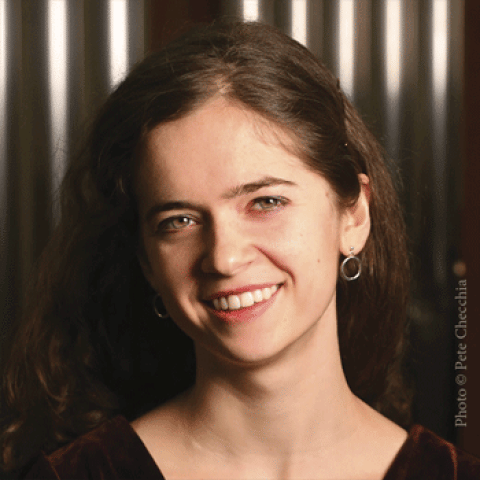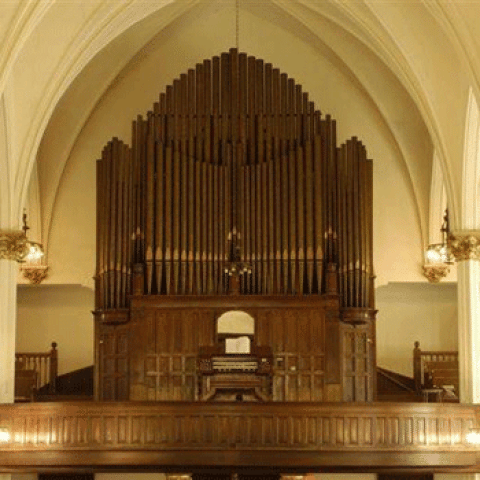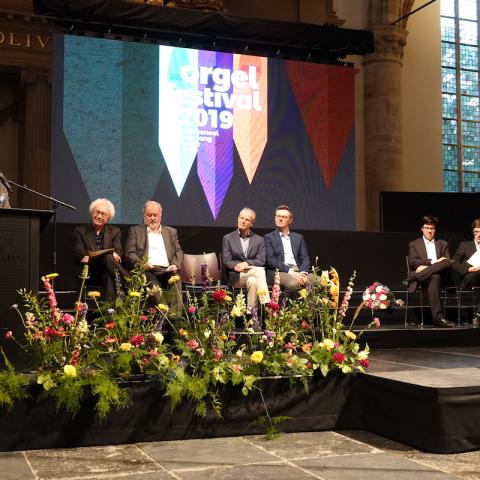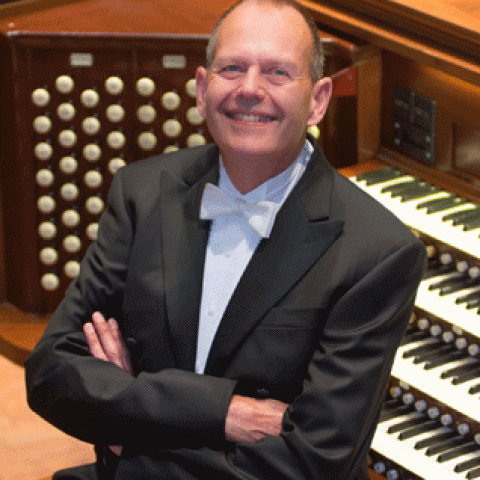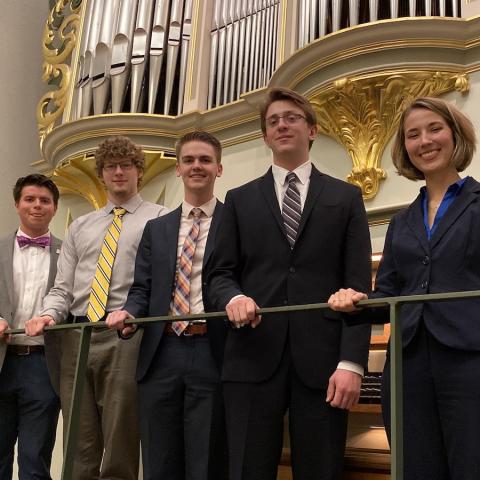
The American Bach Society has released a video in which Kola Owolabi performs J. S. Bach’s Allein Gott in der Höh' sei Ehr', BWV 664 (the trio setting from the Leipzig Chorales) on the Paul Fritts organ in the DeBartolo Performing Arts Center at University of Notre Dame. The performance is introduced with spoken commentary by Paul Walker, Professor Emeritus at Notre Dame. This is the fourth video in the American Bach Society's Tiny Bach Concerts, with a new video released each month. The three previous videos feature chamber works by Bach, and two excerpts from his Mass in B minor.
Other recent free online recordings:
James Kibbie's annual audio holiday card

